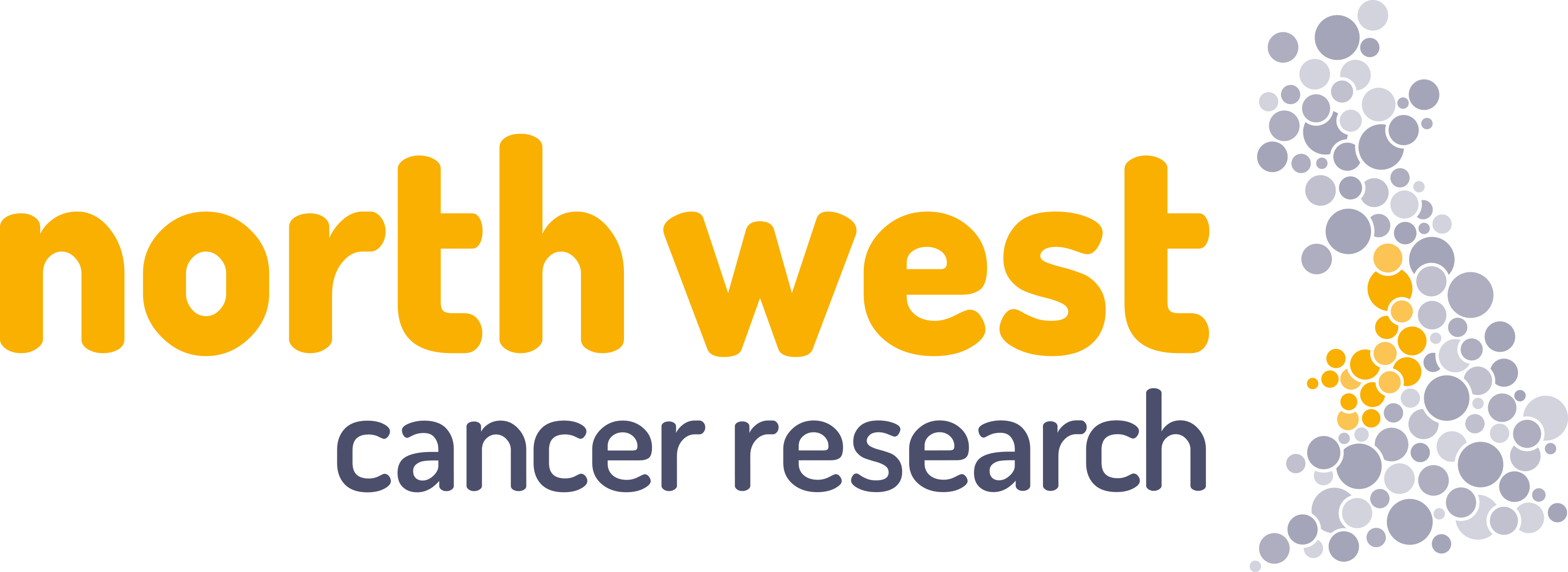Leukaemia is a group of cancers that usually begin in the bone marrow and involve abnormally high levels of white blood cells. It can affect people of all ages.
Leukaemia is the 12th most common cancer in the UK, accounting for 3% of all new cancer cases in 2015. In females in the UK, leukaemia is the 12th most common cancer, with around 4,000 new cases in 2015. Incidence rates for leukaemia in the UK are highest in people aged 85 to 89.
TYPES
There are four main types of leukaemia – Acute lymphoblastic leukaemia (ALL), acute myeloid leukaemia (AML), chronic lymphocytic leukaemia (CLL) and chronic myeloid leukaemia (CML) there are other types as well, but they are far less common.
ALL is rare, with around 650 people diagnosed each year in the UK, but it is the most common type of childhood leukaemia. 85% of the cases that affect children occur in those younger than 15 and it tends to be more common in males than females.
AML is also rare, with around 2600 people diagnosed each year in the UK, and its risk increases with age, it is most common in people over 65.
CLL affects people mostly over the age of 60, and is rare in under 40s, children are almost never affected.
CML can occur at any age but is most common in adults aged 60-65.
SYMPTOMS
Many of the symptoms of leukaemia are vague and non-specific, you may feel like you have the flu.
These symptoms include:
- a general weakness
- persistent tiredness even if you’re sleeping well
- high temperatures
- frequent infections that last a long time and are difficult to shake off
- bruising or bleeding early
- weight loss
- swollen lymph nodes
- joint pain
- breathlessness
- a feeling of fullness or discomfort in your tummy
- pale skin
Most people with one or more of the symptoms won’t have leukaemia but it’s important to get symptoms checked by your GP.
A type of leukaemia called T cell ALL can cause swollen lymph nodes to appear in the centre of your chest, this can cause them to press on your windpipe and cause breathlessness. They can also press on the veins carrying blood from the head, causing the face neck and arms to swell and go red. If you experience these symptoms you should go to A&E immediately as it can be a medical emergency.
Many people with CLL won’t have any symptoms at all, and 50% of cases are diagnosed because of a routine blood test. However, there are some symptoms.
These include:
- swollen lymph glands
- abdominal discomfort
- weight loss
- anaemia
- infections that will not get better
Not everyone with CML will have symptoms when they are diagnosed. When symptoms do occur, they are usually mild at first, but gradually get worse.
These symptoms can include:
- getting infections more often than usual
- tiredness and looking pale
- abnormal bruising or bleeding
- abdominal discomfort
- poor appetite
- weight loss
- sweating at night
- headaches
- bone pain
- swollen lymph glands
CAUSES
Doctors don’t know what causes any form of leukaemia, but there are some risk factors that have been linked to it:
- exposure to high levels of radiation, including in previous radiotherapy
- exposure to benzene, a chemical that may occur in petrol and the chemical, pharmaceutical and rubber industries - it’s also in cigarette smoke and people who smoke tobacco with shisha pipes are exposed to higher levels
- Down’s Syndrome, Fanconi anaemia and ataxia telangiectasia
- past chemotherapy, though this depends on the drugs used
- viruses specifically virus HTLV-1
- weakened immune systems
- being overweight
Alongside those mentioned, certain blood conditions can increate the risk of leukaemia, these include myelodysplastic syndrome and myeloproliferative disorders. Some types of leukaemia may also have a genetic component.
DIAGNOSIS
Your GP will first try to diagnose acute leukaemia by checking for physical signs, such as swollen glands and by taking a blood test, this is because the blood tests can highlight a high amount of abnormal white blood cells, which could be a sign of leukaemia. If the GP finds a high number of white blood cells you will be referred to a specialist for a bone marrow biopsy.
A bone marrow biopsy is a short operation performed while you’re awake, but your skin is numbed, and only takes around 15 minutes. The operation involves the specialist numbing your skin before using a needle to retrieve some liquid bone marrow from the back of your hip bone. It’ll then be checked for cancerous cells in a lab. You may also have a CT scan.
You may also have genetic tests carried out on your blood and bone marrow to identify the genetic makeup of the cells if you have AML, this is because knowing the type of AML can make it easier to choose the most appropriate treatment. You may also have a chest X-ray, an ultrasound of your tummy.
TREATMENT
Treatment depends on the type of leukaemia you have, but many patients will need regular blood transfusions and chemotherapy. Some patients may also have radiotherapy and bone marrow and stem cell transplants are sometimes carried out. Some patients will stay on a low dose of chemotherapy for a number of years after their treatment.
If you have any concerns about the signs and symptoms of leukemia cancer, please visit your GP.
